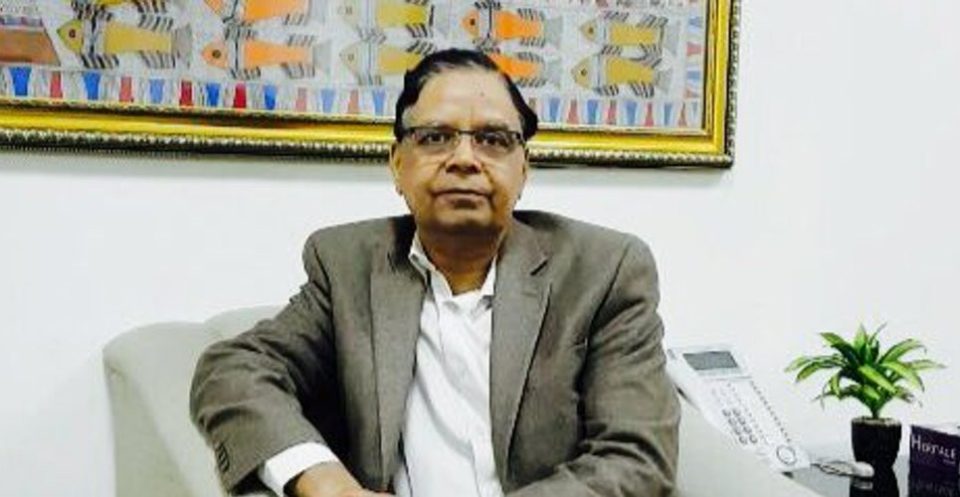
Panagariya: India set on high growth, to be 3rd largest economy by 2027-28

India is on the cusp of returning to a high growth trajectory, says eminent Indian-American economist Arvind Panagariya, adding that the country will be the world’s third largest economy by 2027-28.
Currently, India is the fifth largest economy and its growth could touch 8 per cent, he said.
“We are already in 2023. In 2027-28, India should be the third largest economy,” PTI quoted Panagariya, a Columbia University Professor and former Vice Chairman of NITI Aayog, as saying in the US where he is based.
Also read: India to be fastest growing economy at 6.1% despite slowdown: IMF
India’s GDP growth has been pegged at 6.5 per cent in 2023-24.
India’s growth
The International Monetary Fund (IMF) also said on Tuesday growth in India would decline from 6.8 per cent in 2022 to 6.1 per cent in 2023 before picking up to 6.8 per cent in 2024.
Earlier, the UN predicted that India was poised to grow at 6.7 per cent in 2024, becoming the fastest growing major economy in the world.
Panagariya said his reading of the Economic Survey presented a day before the Indian Budget was that India was a much stronger economy than the one growing at 6.5 per cent.
Also read: Indian economy set to do better, inflation to be well-behaved: CEA
“My sense is that given where India stands currently, it should get back to 7 per cent plus kind of growth rate.”
He said India was now like in 2003 when the growth rate picked up to close to about 8 per cent. The country sustained that rate for a few years.
Economic reforms
Panagariya said several reforms have been implemented and weaknesses in the economy have been cleaned such as non-performing assets of banks and weak balance sheets of many big corporates.
Also read: ‘Pent-up’ demand driving chunk of economy, govt admits in Economic Survey
Noting that balance sheets of banks and corporates are now pretty sound, he said this was reflected in the investment proposals and commitments being made by many large corporates.
“We are seeing this surge in both public and private investments, the fact that policy reforms have happened, a lot of infrastructure has been built up. And the fact that there is an effective government in place, a very credible (government),” Panagariya said.
“A government which realises its strengths, and which is I think the reason you don’t see a whole lot of populism in the budget, even though this is the last full budget before parliamentary elections,” he said.
“(This) tells you and makes me feel that India is on the cusp of returning to a high growth trajectory.”
Touching 8 per cent
Panagariya added that India will remain the fastest-growing major economy for several years. It would maintain about a 7 per cent growth rate over these years. If the country takes steps to open up the economy further, particularly on the trade front, then India could get to easily an 8 per cent growth.
“Some of the reforms that are ongoing need to be implemented, for instance, the labour law reform. If we can do that, I have no doubt that we would sustain 7 per cent and could in principle, I think, touch 8 per cent.”
He said his expectations from the budget have been fully met.
On fiscal consolidation, the debt to GDP ratio had escalated to about 84 per cent after Covid-19 because expenditures had to be raised and revenues took a hit, leading to very large fiscal deficits and accumulation of debt, he said.
“So, we needed to get back to consolidation and the Finance Minister has made a good effort in that direction.”
Infrastructure
He added that the Modi government has been very successful at implementing infrastructure projects on scale and at speed.
Panagariya said he had been suggesting that it was time to reform the personal income taxation as the country had made reasonably good progress on corporate profit tax reform.
The Budget unveiled on Wednesday has proposed changes in the optional tax regime which was introduced in 2020-21.
(With agency inputs)


